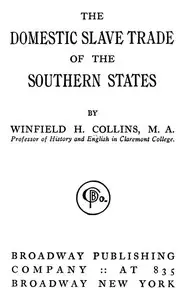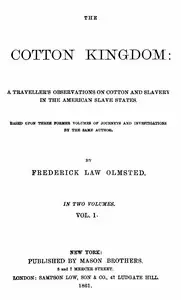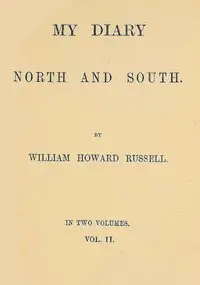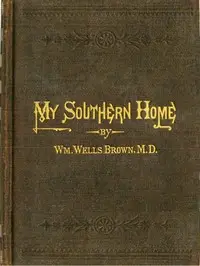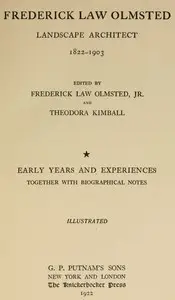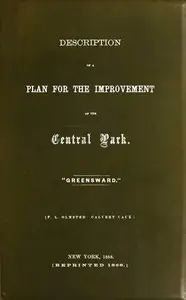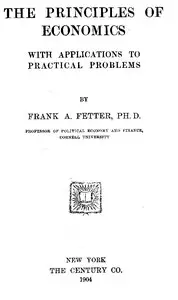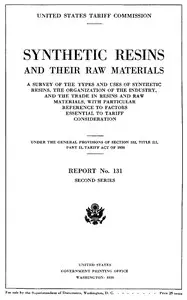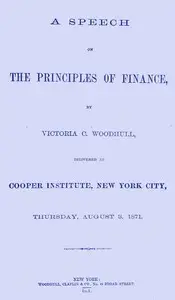"The Cotton Kingdom: A Traveller's Observations on Cotton and Slavery in the American Slave States, Volume 2" by Frederick Law Olmsted is a historical exploration of the American South during the height of cotton production. Through the eyes of a traveler, the book journeys into the landscapes of South-Western Louisiana and Eastern Texas, revealing the intertwined lives of planters and enslaved people. It showcases the economic engine that drove the South, while exposing the disturbing conditions faced by enslaved people and the broader ethical questions surrounding slavery. From the scarcity of goods in small towns to the desolation of abandoned plantations, the narrative paints a stark portrait of a society deeply shaped by agriculture and scarred by injustice, all while maintaining a critical tone and a commitment to documenting the realities of the South's economy and culture.

The Cotton Kingdom, volume 2 (of 2) : $b A traveller's observations on cotton and slavery in the American Slave States
By Frederick Law Olmsted
Venture into the heart of the cotton-producing South and witness the stark realities of slavery, where fortunes are built on the backs of the oppressed.
Summary
About the AuthorFrederick Law Olmsted was an American landscape architect, journalist, social critic, and public administrator. He is considered to be the father of landscape architecture in the United States. Olmsted was famous for co-designing many well-known urban parks with his partner Calvert Vaux. Olmsted and Vaux's first project was Central Park in New York City, which led to many other urban park designs. These included Prospect Park in Brooklyn; Cadwalader Park in Trenton, New Jersey; and Forest Park in Portland, Oregon. He headed the preeminent landscape architecture and planning consultancy of late 19th century United States, which was carried on and expanded by his sons, Frederick Jr. and John C., under the name Olmsted Brothers.
Frederick Law Olmsted was an American landscape architect, journalist, social critic, and public administrator. He is considered to be the father of landscape architecture in the United States. Olmsted was famous for co-designing many well-known urban parks with his partner Calvert Vaux. Olmsted and Vaux's first project was Central Park in New York City, which led to many other urban park designs. These included Prospect Park in Brooklyn; Cadwalader Park in Trenton, New Jersey; and Forest Park in Portland, Oregon. He headed the preeminent landscape architecture and planning consultancy of late 19th century United States, which was carried on and expanded by his sons, Frederick Jr. and John C., under the name Olmsted Brothers.

